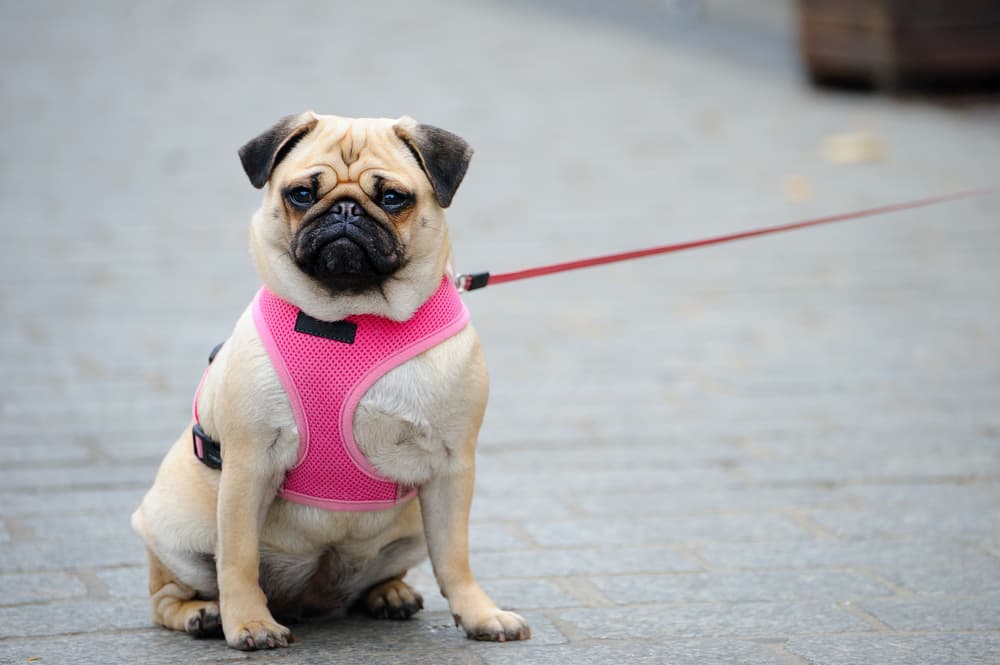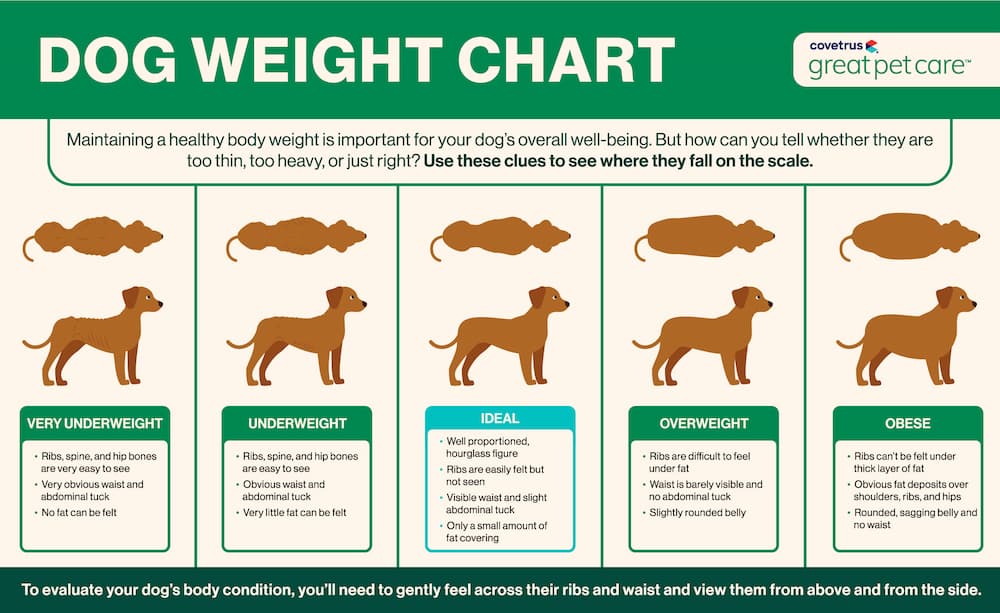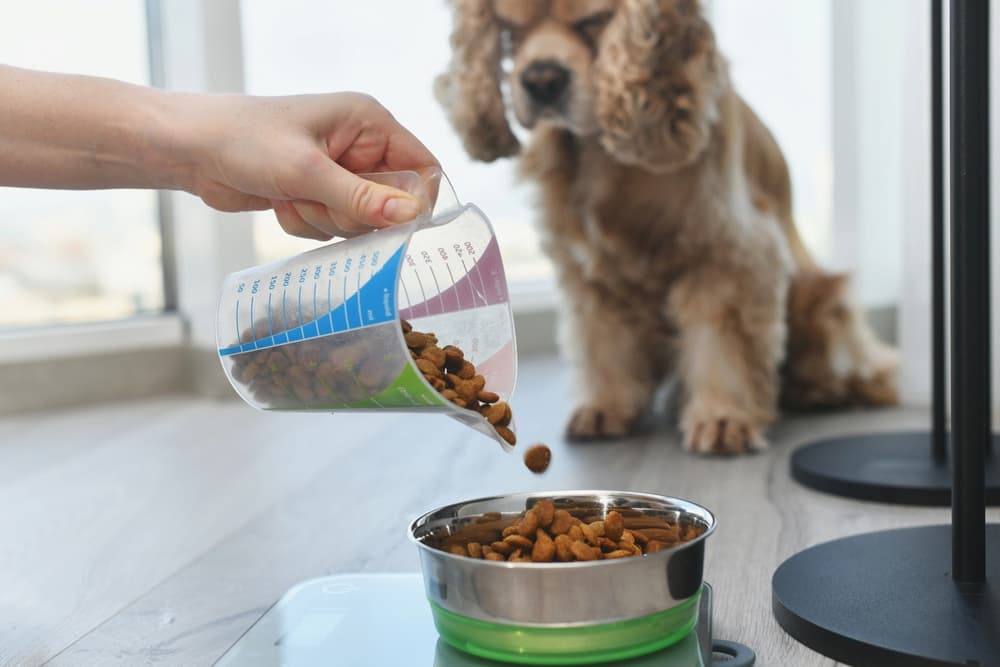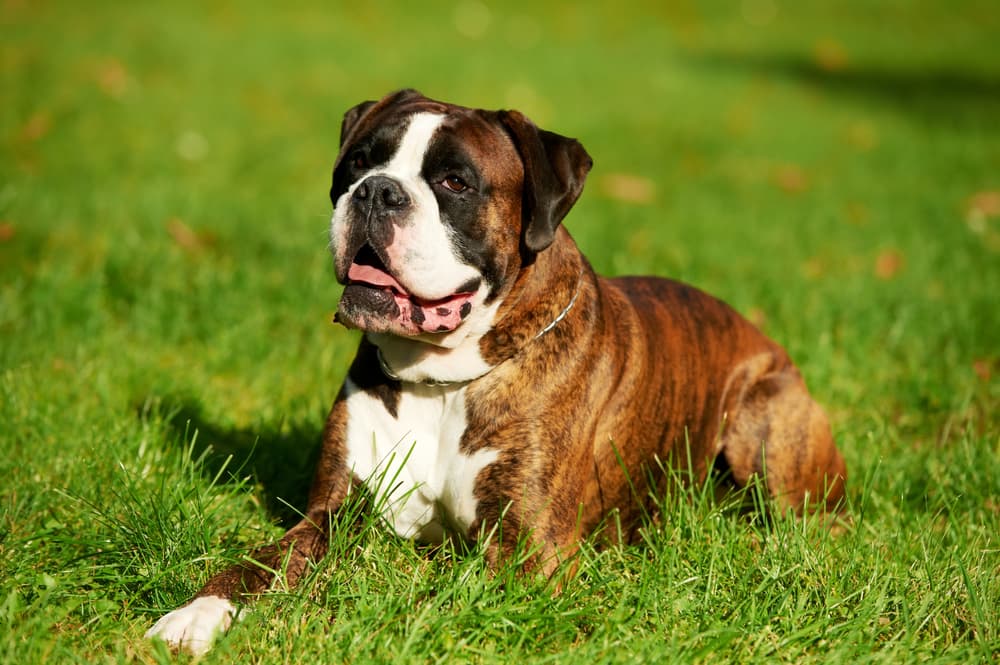Is My Dog Overweight? 7 Signs to Watch For

Maintaining a healthy weight is so important for our canine companions. Obesity in dogs can lead to a wide range of problems, from joint issues and arthritis to diabetes and heart disease. Unfortunately, obesity in pets is on the rise. According to the Association for Pet Obesity Prevention, over half of dogs in the U.S. are overweight or obese. However, many pet parents may be missing the warning signs that their pet is gaining weight or may not realize their dog has a weight problem.
Here are seven telltale signs of an overweight dog, and what to do if you see these signs.
Overweight Dog: Risks to Know
Obesity isn’t just a cosmetic problem: if a dog is overweight, they are more likely to have painful, chronic disease and less likely to have a long, healthy life. That is because excess weight not only adds more wear and tear to the body, obesity is also an inflammatory and hormonal condition that predisposes dogs to all sorts of diseases. According to data from the American Animal Hospital, obesity predisposes dogs to developing:
- Orthopedic disease, including osteoarthritis (degenerative joint disease)
- Chronic inflammation
- Cancer
- Kidney dysfunction
- Respiratory disorders
- Hypertension
- Skin disorders
- Metabolic and endocrine disorders, such as Type II diabetes
- Reduced life expectancy and diminished quality of life
Is My Dog Overweight? 7 Signs to Watch For

Because dogs come in so many shapes and sizes, it can be challenging to determine if your dog is overweight. A healthy weight in a Labrador Retriever will look different than a French Bulldog. However, there are a few signs that are consistent across breeds that give you clues that your dog is carrying too much fat.
Increased Weight on the Scale
This one might seem obvious, but if you notice the pounds creeping up when you weigh your dog or when your dog is weighed at the veterinarian, excess body fat could be causing the increase. However, this is not always the case. Sometimes excess weight gain is due to other medical problems, such as retained body water or a heavy tumor.
Visual Changes in Your Dog’s Body
Visually inspect your dog from the side and above. A dog with a healthy weight should have a waist that tucks up slightly behind the end of the rib cage, at about the midpoint of the trunk. If there is no tuck, then it is likely that your dog is too heavy.
While this is a good starting point for weight assessment, there are exceptions. For example, older dogs who have been spayed or neutered may have a droopy belly due to a lack of sex hormones, and dogs with heart disease or Cushing’s syndrome may have a bigger belly due to their medical condition.
In addition to looking for visual changes, you can gently feel your dog’s ribs behind their front legs. A dog at a healthy weight should have easily definable ribs that feel like the back of your hand or an antique washboard—even dogs with long or thick fur. A dog who is too heavy will have ribs that feel like your palm.
Slowing Down on Walks
Dogs who are too heavy have a harder time exercising due to respiratory compromise and degenerative joint disease, both of which are exacerbated by excess body fat. If your dog is slowing down or lagging behind on walks, it could be a weight problem. However, it can also be heart disease or joint disease, so it is always best to talk to your veterinarian if you notice this in your dog.
Undefined Tail Base
One place that body fat likes to accumulate is around the tail base. A dog with a healthy weight should have clearly defined hip and tail bones around the base of the tail. You should be able to easily feel them, even in dogs that have skin rolls around their tail base, like Frenchies or Pugs. If you can’t easily feel the bones of the base of the tail, your dog might be too heavy.
Increased Panting
Dogs who are overweight tend to pant more and have less tolerance to heat than fit dogs. If you notice your dog is panting more than usual, in combination with the other signs above, it could be due to weight. Increased panting can also be due to pain, hormonal issues, anxiety, and cardiovascular issues, so be sure to have your dog checked by your veterinarian.
Reluctant to Climb Stairs and Jump
Overweight dogs have a lot of extra weight to lug around, and if they are too heavy, then they may not want to climb stairs, jump, or play like they used to. Difficulty climbing stairs can be a sign of arthritis pain as well, which is also exacerbated by weight gain.
High Body Condition Score

A veterinarian uses a body condition score to keep track of a dog’s weight because it is an easily measurable and accurate visual tool. Body condition scores are either on a scale of 5 or 9, with 3/5 and 5/9 being healthy weights, and 5/5 and 9/9 equating to obesity. To evaluate your dog’s body condition at home, before your next vet visit, you can try this one from the World Small Animal Veterinary Association (WSAVA) or use our dog weight chart above.
What to Do if Your Dog Is Overweight

If your dog is overweight, then it is time to start a weight loss program for your dog! Here are some tips to help a dog lose weight:
Increase caloric burn. To get a dog to lose weight, they need to burn more calories than they take in. This can be as simple as taking your dog for regular walks that are strategically designed to increase the burn.
Reduce caloric intake. Restrict the amount of calories (especially empty calories from treats) that you feed your dog. If you are unsure of how much to feed, ask your vet—they can give you the exact amount of calories that your dog should be eating daily. Pro tip: ask your vet how much to feed in grams, get a gram scale, and weigh your dog’s food. For best results, it is a very good idea to feed a therapeutic weight loss diet (e.g., Hill’s Prescription Diet Metabolic Weight Loss & Maintenance Dry Dog Food) that is clinically proven to help dogs lose weight safely, as regular diets aren’t designed to be calorie restricted and can lead to micronutrient imbalances.
Regular weigh-ins. Just like WeightWatchers, regular weigh-ins can track your dog’s progress and allow you to make tweaks if necessary. Weigh your dog monthly, either at home or at the vet clinic, and be patient: most dogs will reach their weight loss goals in 3-6 months.
Get a check-up. Sometimes dogs can have health challenges, like Cushing’s or hypothyroidism, that make it difficult or impossible to lose weight. In addition, dogs can often have joint disease that makes it too painful to exercise regularly. Get a check-up from your vet before starting an exercise program and to make sure your dog doesn’t have any health conditions that will impede weight loss.
Remember, exercise and caloric restriction have a purpose: you are helping your dog live longer and have a better quality of life. All of your efforts will pay off with more years to love your pet, deepen the bond that you share, and do both of you a world of good.









